Because of new technology, social media, and global events, consumer behavior is changing faster than ever. These changes can significantly affect how we spend, save, and manage our money.
It’s important to understand these trends so you can keep your finances safe in a constantly shifting world. From buying things impulsively online to signing up for too many subscriptions, these habits can slowly drain your money if you’re not careful. By learning about these changes, you can make better decisions and protect your wallet.
In this article, we’ll look at 19 consumer behavior trends you need to know about. Understanding these trends will help you make smart choices and secure your finances.
Impulse Buying Online
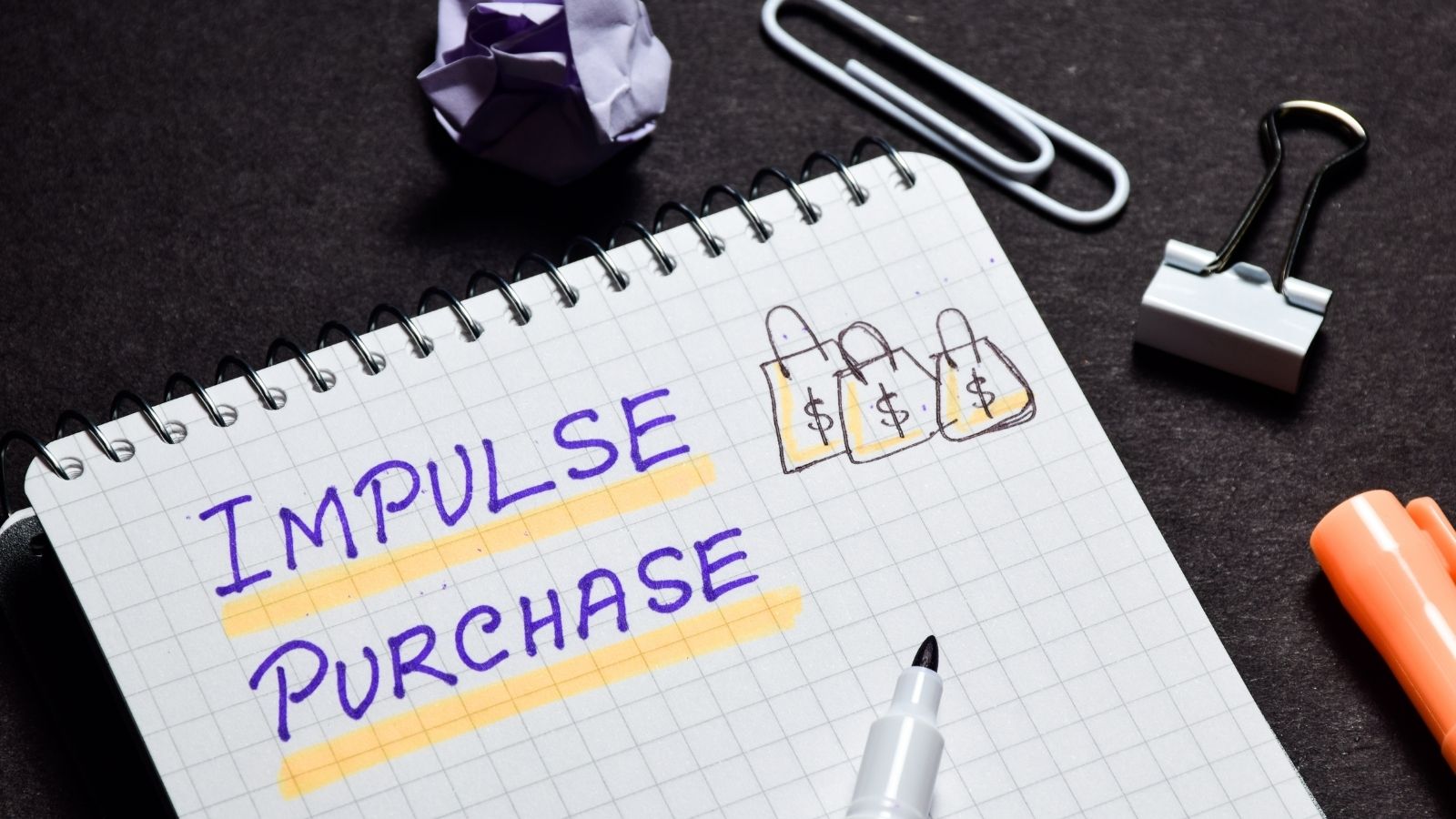
The relatively new accessibility of online shopping has made it easier than ever to commit the occasional impulse buy. Many people shop just because flash sales, one-click buying, and targeted ads make it easy to buy new stuff you don’t even need. Impulse buys can quickly tally up and result in high-value unexpected spending.
Subscription Overload

You can find subscription services in many areas, from streaming platforms to meal kits offered by many companies. Individually, they seem reasonably priced, but these costs can add up fast. Many people forget to cancel some subscriptions that they do not use anymore, which means they lose money every month.
The Buy Now, Pay Later Trap
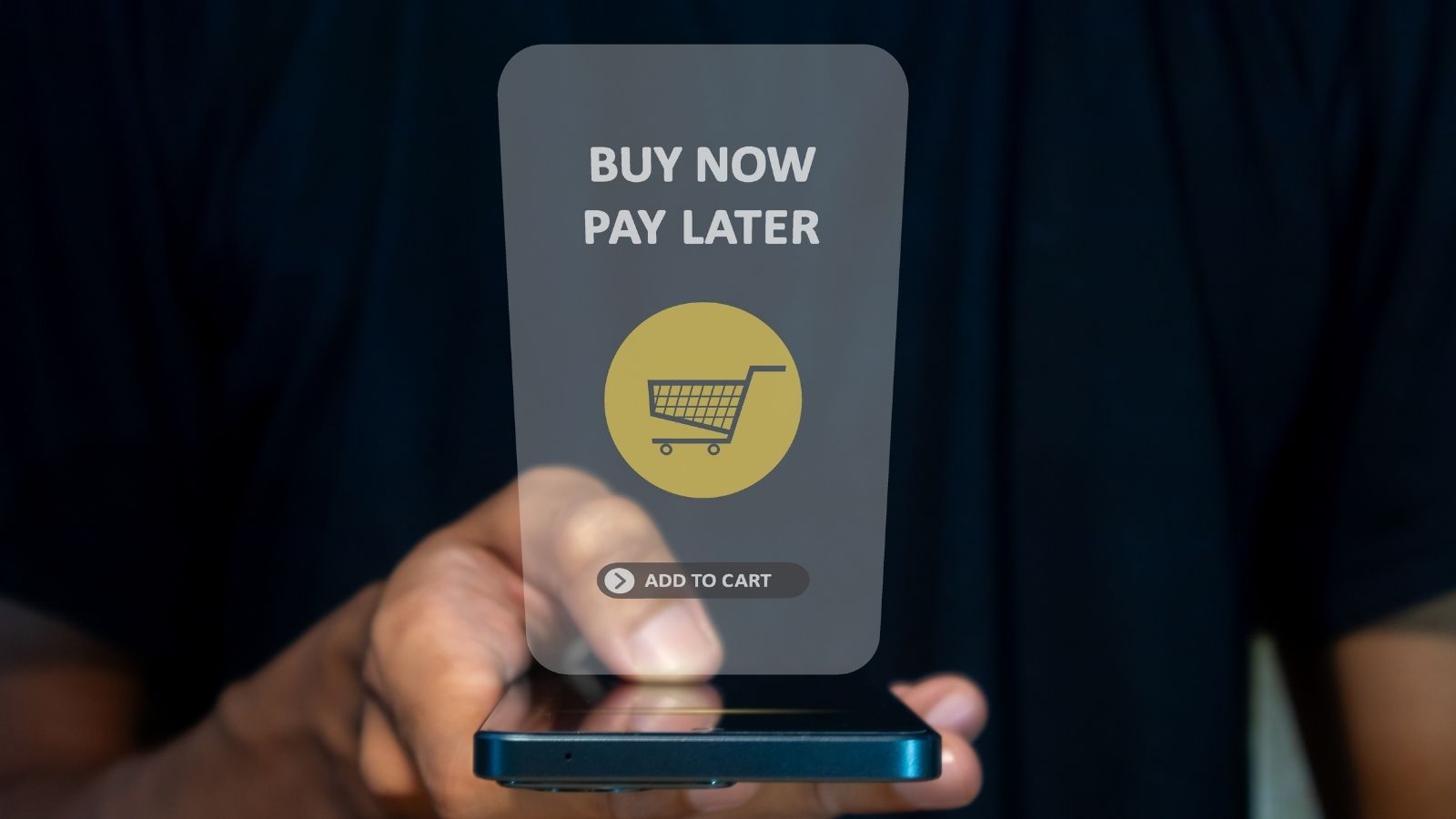
Payment Services Paying After Purchase, more commonly known as Buy Now, Pay Later (BNPL), allows items to be purchased and paid over a set number of deferred payments. This may sound like a decent offer at first. However, it can promote overuse. The impact may not hit you right away, but those payments can accumulate and put a strain on your budget.
Influencer Marketing and Social Media Pressure

In every social media influencer, you find products being mentioned. Far too often, these influencers make products look much better than they are — encouraging you to purchase something you might regret later.
Personalization Gone Too Far

Most companies use data to tailor your shopping experience, limiting what you see in their shops by using the information they have on popular things with customers like you. That might sound nice, but it may also cause you to over-purchase things you never truly needed. Personalized shopping is super handy, but just because they suggest it doesn’t mean you need to have it.
The Rise of Premium Pricing
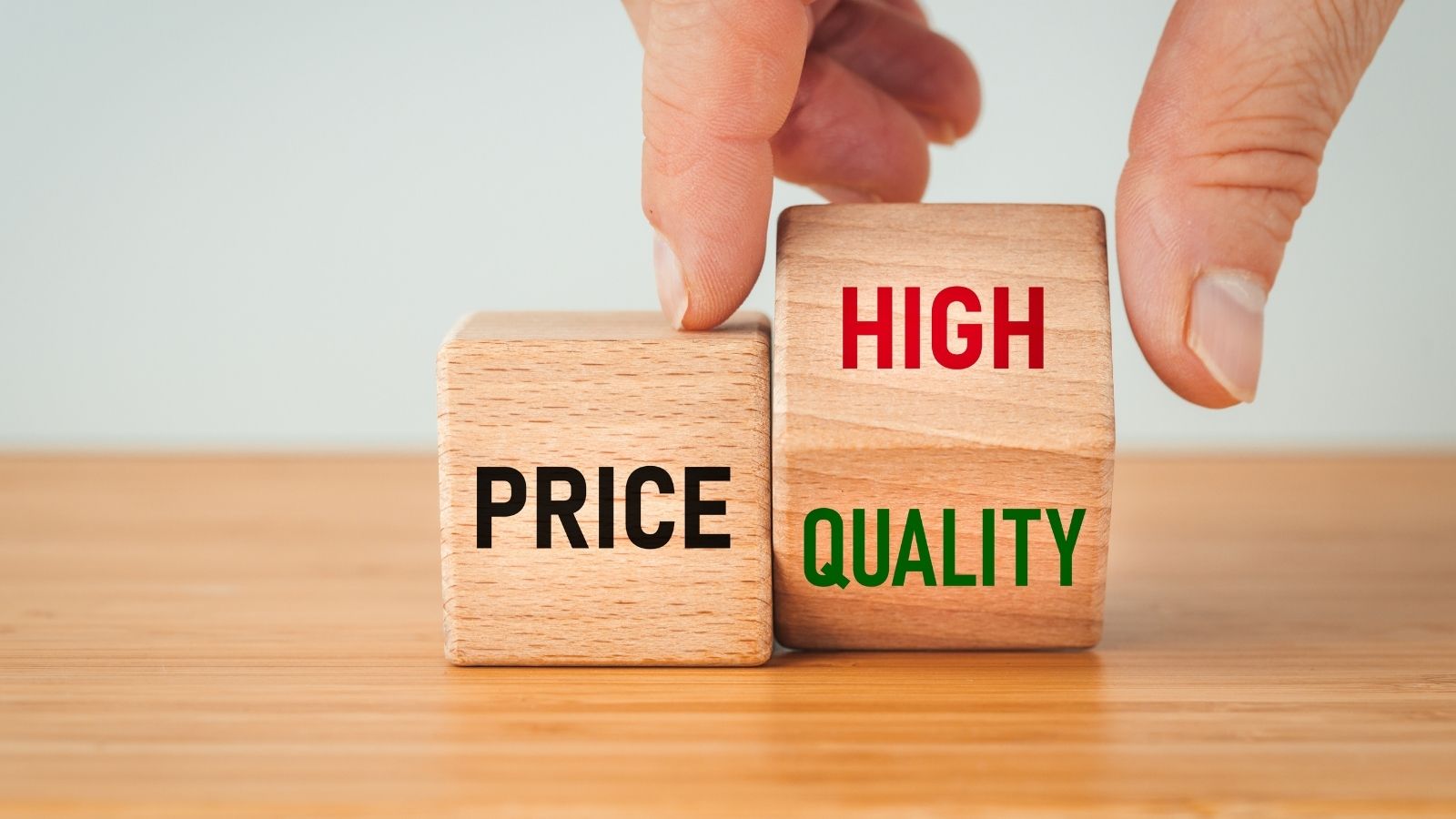
Companies often dangle the premium-features version of their products in front of people, adding quality and buying some functionality; thus, it dims over time (like you go online without it). Unfortunately, these premium options tend to also be among the more expensive ones. Thinking that you must spend top dollar for a given item is one way to send yourself on an unneeded spending spree.
Debt-Fueled Spending
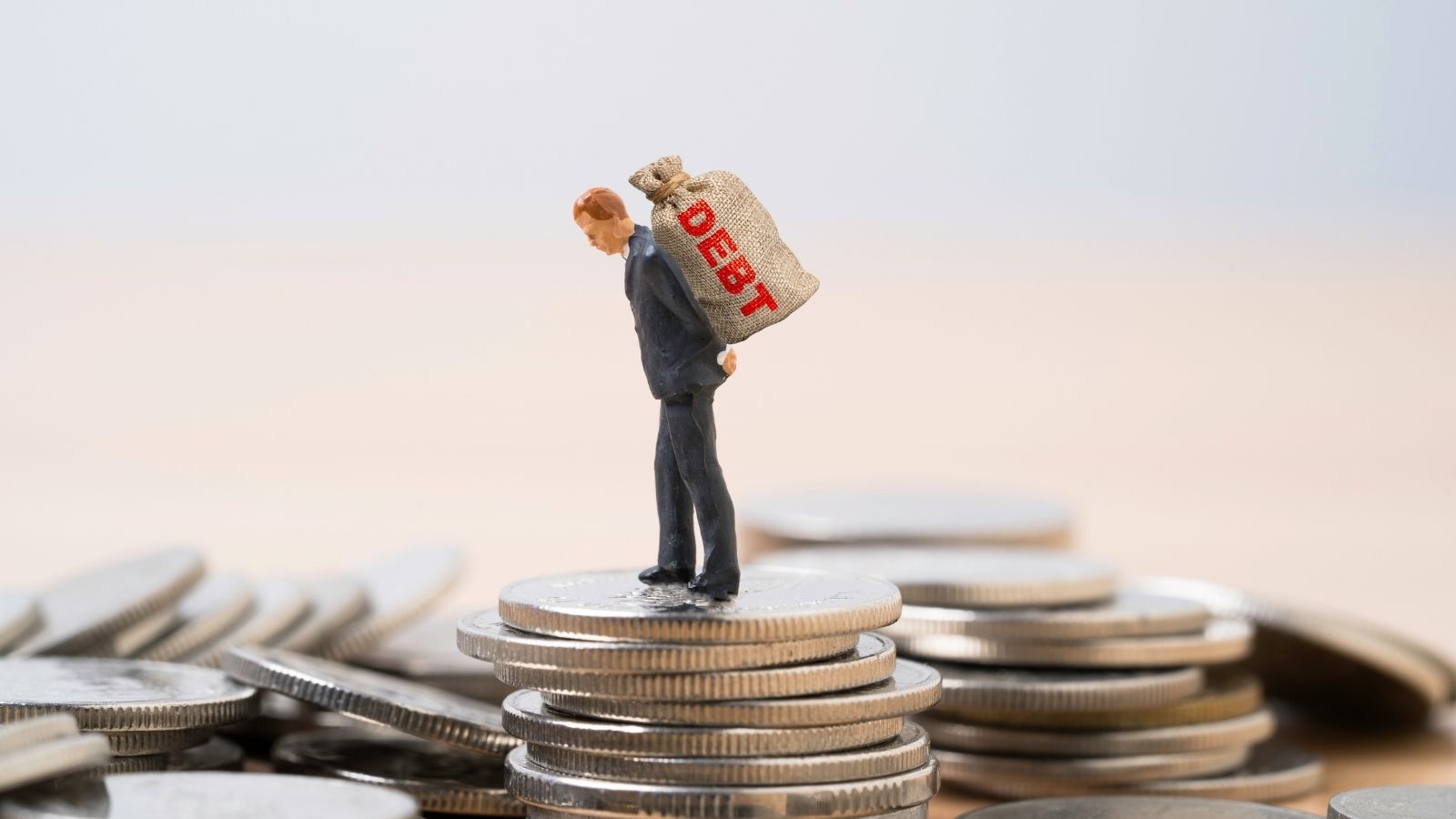
Credit cards and loans are easier to get than ever, making it easy for you to spend money you don’t have. Eventually, this can result in accruing debt on cards like a high-balance cash-back credit card with lots of miles or points and revolving lines that are difficult to pay off due to interest rates. However, the existence of credit can allow for reckless consumption.
Retail Therapy

Retail therapy is exercising your spending power to lift stress or mood. Although it can give you an initial incomplete high, in the long run, it creates financial distress. It is all too easy to fall into the habit of spending money to make yourself feel better about something.
Loyalty Programs That Aren’t Worth It
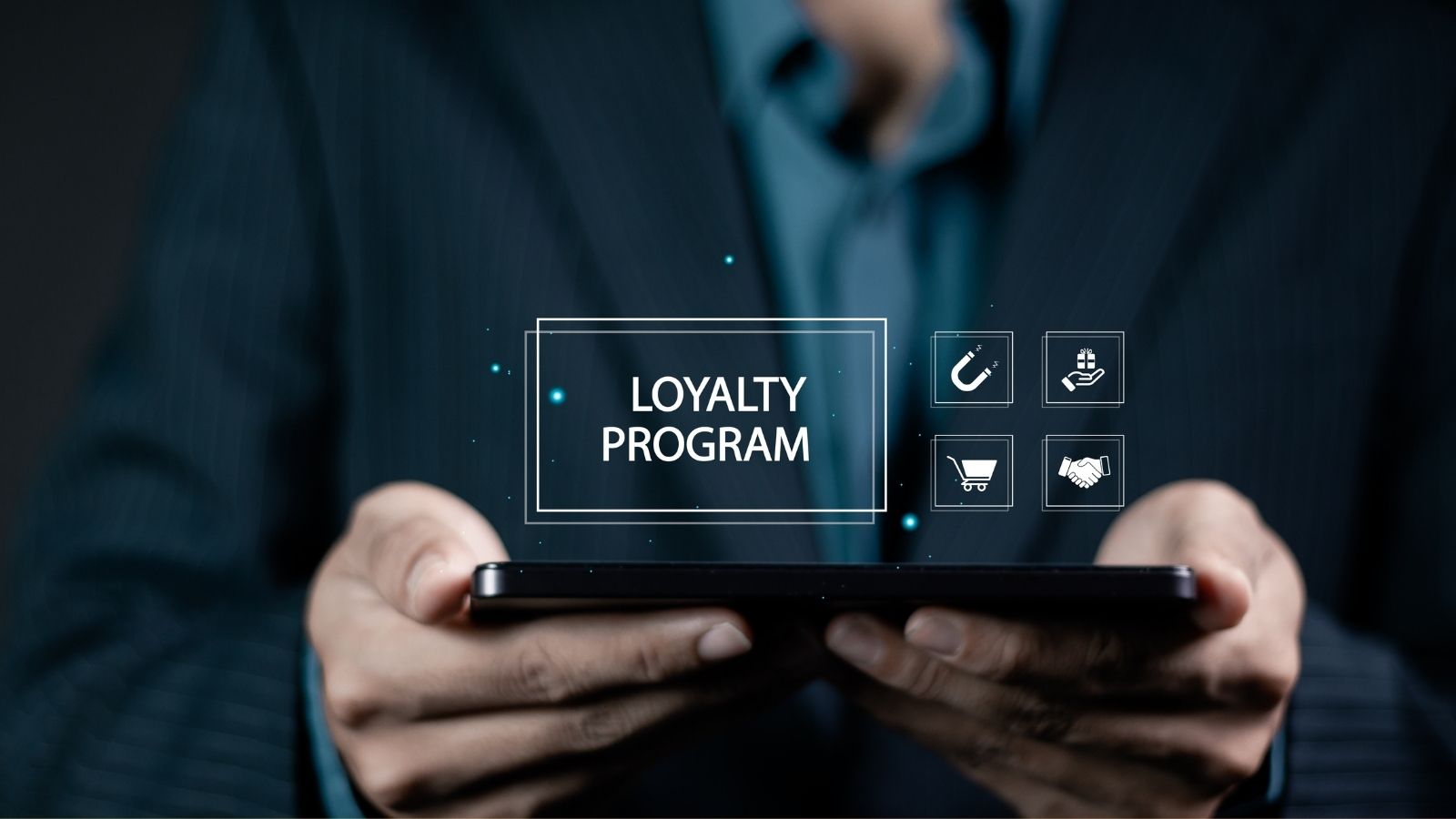
While loyalist factions advocate the value of loyalty programs and rewards for continued support, be aware these can make you spend more than intended.
You could purchase stuff just because you want those points, even if you do not need them. However, these programs may not be as valuable in the end.
The Convenience of Food Delivery Services

Companies like Uber Eats and DoorDash allow you to get takeout from your preferred restaurants without leaving the comfort of your home. However, if you want that little bit of ease it offers, there is a price to pay. Add in delivery fees, service charges, and tips on top of the meal cost to have it delivered…, and you almost break even with cooking at home.
The Decline of Bargain Hunting

We have been spoiled by online shopping, and it is harder to turn over every stone as most people do not even leave their homes. Paying full price for something when it is on sale somewhere else seems more accessible due to the convenience of purchasing with a few clicks. Regretfully, this change from hunting for bargains can cause overspending.
The Popularity of Limited-Time Offers

This will force you to act quickly because you must take advantage of a limited-time offer. This classic marketing move can create impulse buys and immediate remorse. They do this to get the sales going because they know that you lose your judgment if you are in a hurry.
FOMO (Fear of Missing Out)
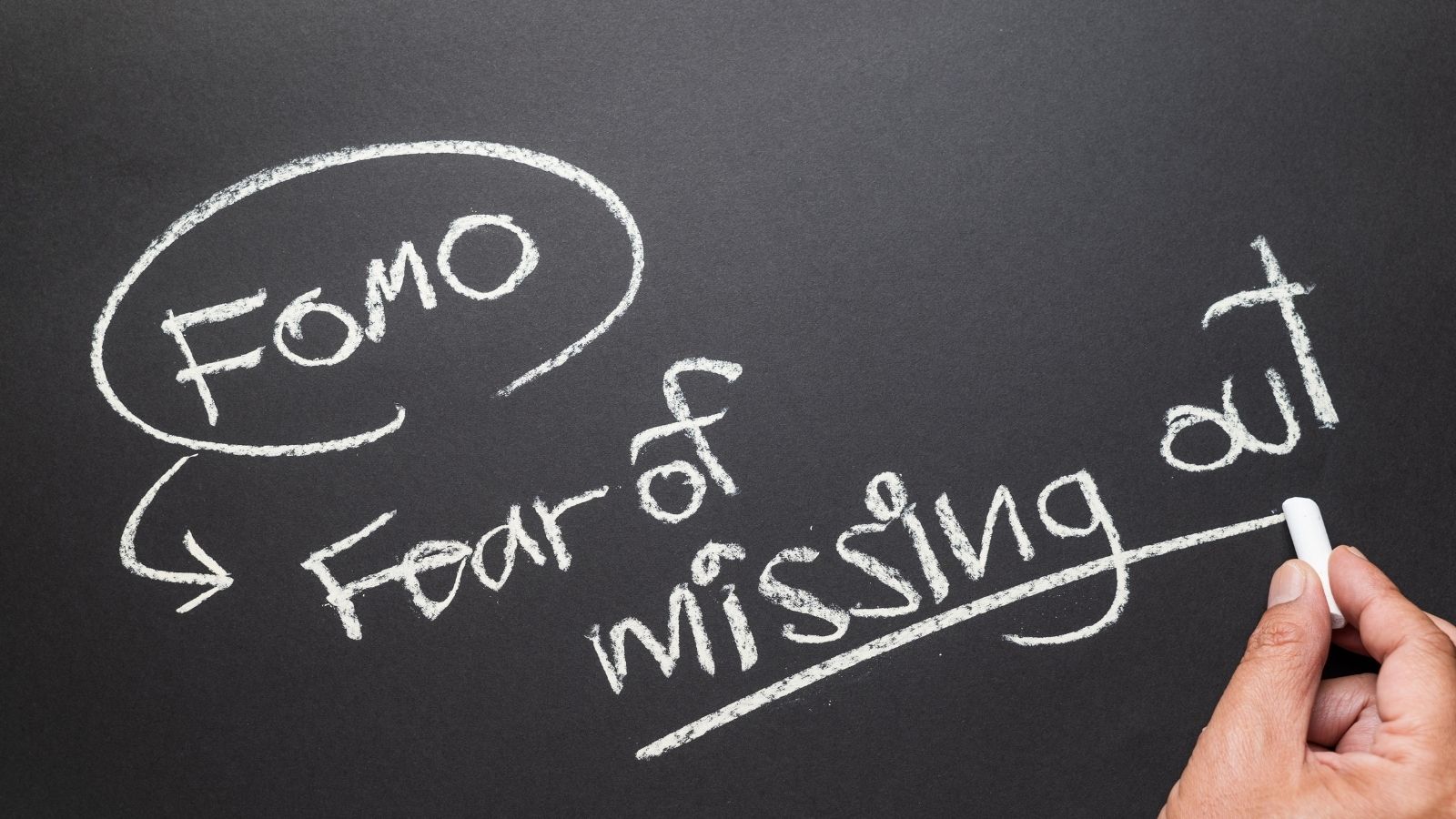
It can make you spend money liberally in the fear of missing out on experiences, products, etc. Even though FOMO may motivate us to avoid missing out on the things others have, like going to events or traveling and buying the latest gadgets, for instance, it can lead you at times to spend more money than necessary, especially if it’s not something worth splurging on any buck.
Increased Spending on Experiences Over Things
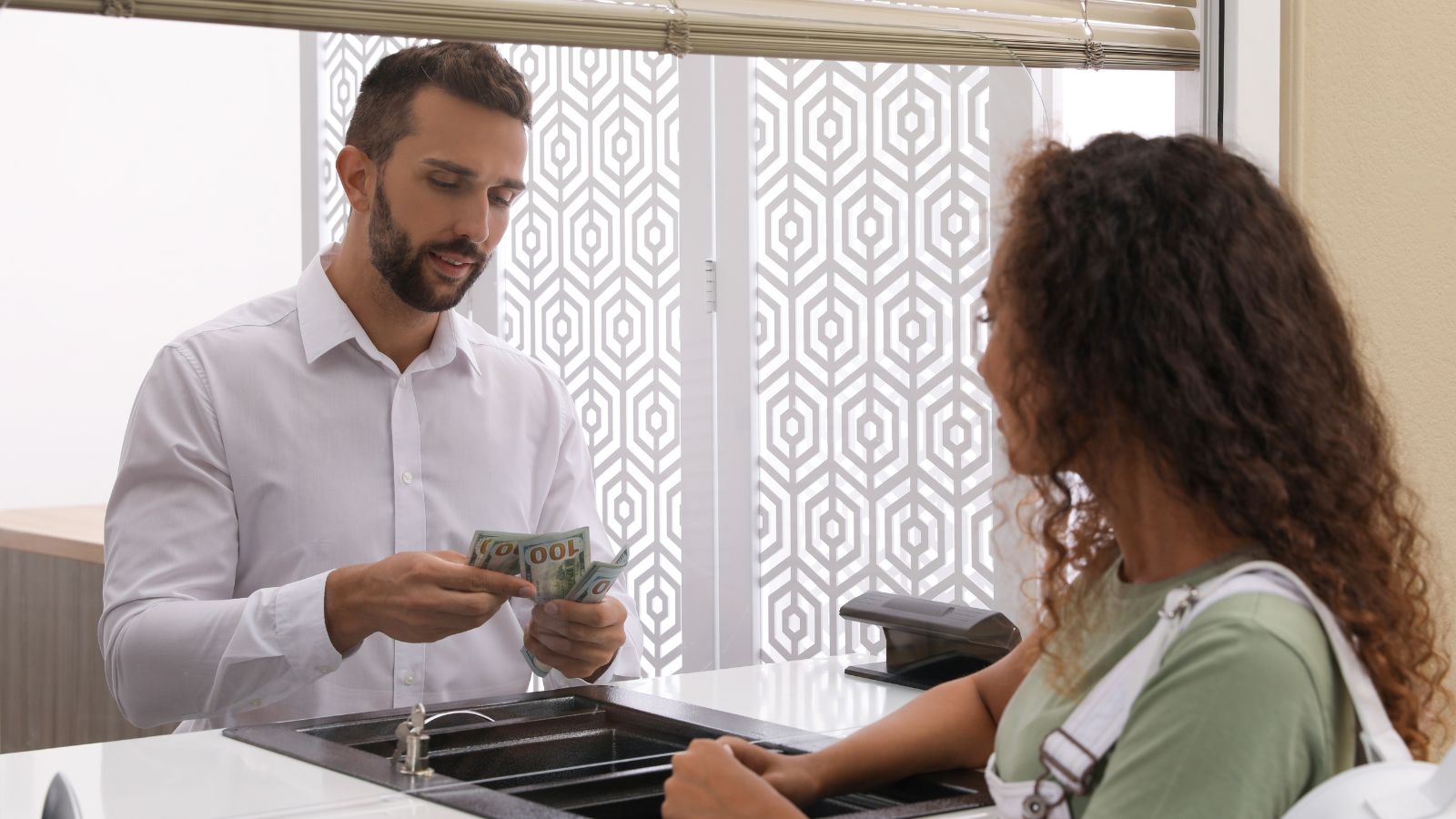
With the experience economy growing, people are spending less on stuff and more of their income on experiences such as travel, dining out, or events.
Experiences are great, but they usually come at a high price. If you take saving seriously and your career is stable, spending money on experiences might sound tough because it seems like that would drain away all your hard-earned savings.
The Influence of Smart Technology

Shopping has become more convenient than ever because of smart technology: from voice assistants to smart home devices, Ordering is done by a simple voice command or via a connected app. But this convenience can lead to impulsive buying and increased spending.
The Growth of Eco-Friendly Products

More and more people are willing to pay extra for environmentally friendly goods. Although it is encouraging to see a trend towards more sustainable practices, you might wonder if these new products are worth it. Very often, the “green” rating will be more a matter of branding than an accurate account of sustainability.
Rising Costs of Health and Wellness Trends

Health and wellness, organic food stores, fitness classes, and supplements are on the priority list. Investing in your health is significant. However, these trends come at a price. It is easy to fall into the trap of buying many things hyped as healthy, but they do not necessarily cause real benefits.
The Shift Toward Minimalism

Minimalism tends to promote the idea of buying less but better things. To the extent that this is a good thing, we will have to see, but as you can guess, it may probably go in some cases where people overspend on luxury or do not spend at all. The concept of ‘less is more’ can sometimes make you think it justifies spending excessively on higher-end products, which can put a strain on your pocket.
Over-Reliance on Convenience

Consumers today are primarily driven by convenience. People are increasingly willing to pay for convenience, whether that is meal delivery, subscription services, or one-click shopping. Building systems faster but more expensively may be a faster but more expensive option—and over time, that starts getting quite costly.
Conclusion

Your wallet can be in for a world of hurt as consumer habits evolve. If you are aware of these trends, it means no one can harm your finances. It might be about avoiding impulse buys, canceling unused subscriptions, or even being aware of the convenience trap—all of which can subtly impact your savings. Stay informed and try not to let overspending ruin your financial life.
5 Canadian Provinces Predicted to Thrive in the Next Economic Boom
 To thrive in an economic boom, a region needs good infrastructure, talented people, government policies that support growth and uplift the economy, and a culture of entrepreneurship. Often, the demography can also be a significant indicator of a region’s economy in the next few years. Although reports may vary on which regions will perform the best economically, certain regions come up on every list. Here are 5 Canadian provinces predicted to thrive in the next economic boom:
To thrive in an economic boom, a region needs good infrastructure, talented people, government policies that support growth and uplift the economy, and a culture of entrepreneurship. Often, the demography can also be a significant indicator of a region’s economy in the next few years. Although reports may vary on which regions will perform the best economically, certain regions come up on every list. Here are 5 Canadian provinces predicted to thrive in the next economic boom:
5 Canadian Provinces Predicted to Thrive in the Next Economic Boom
